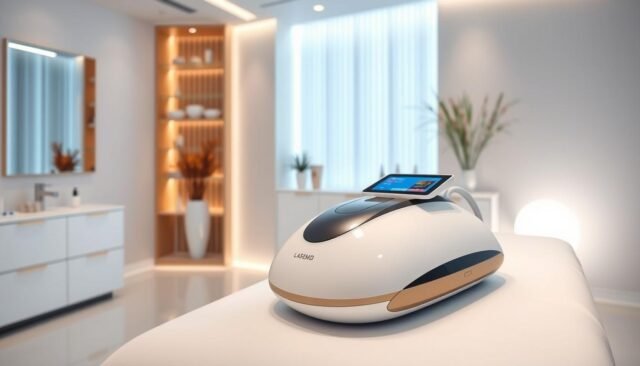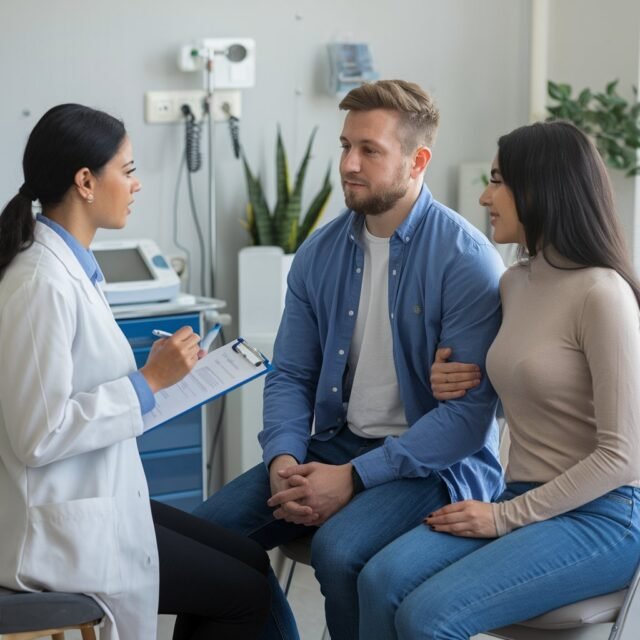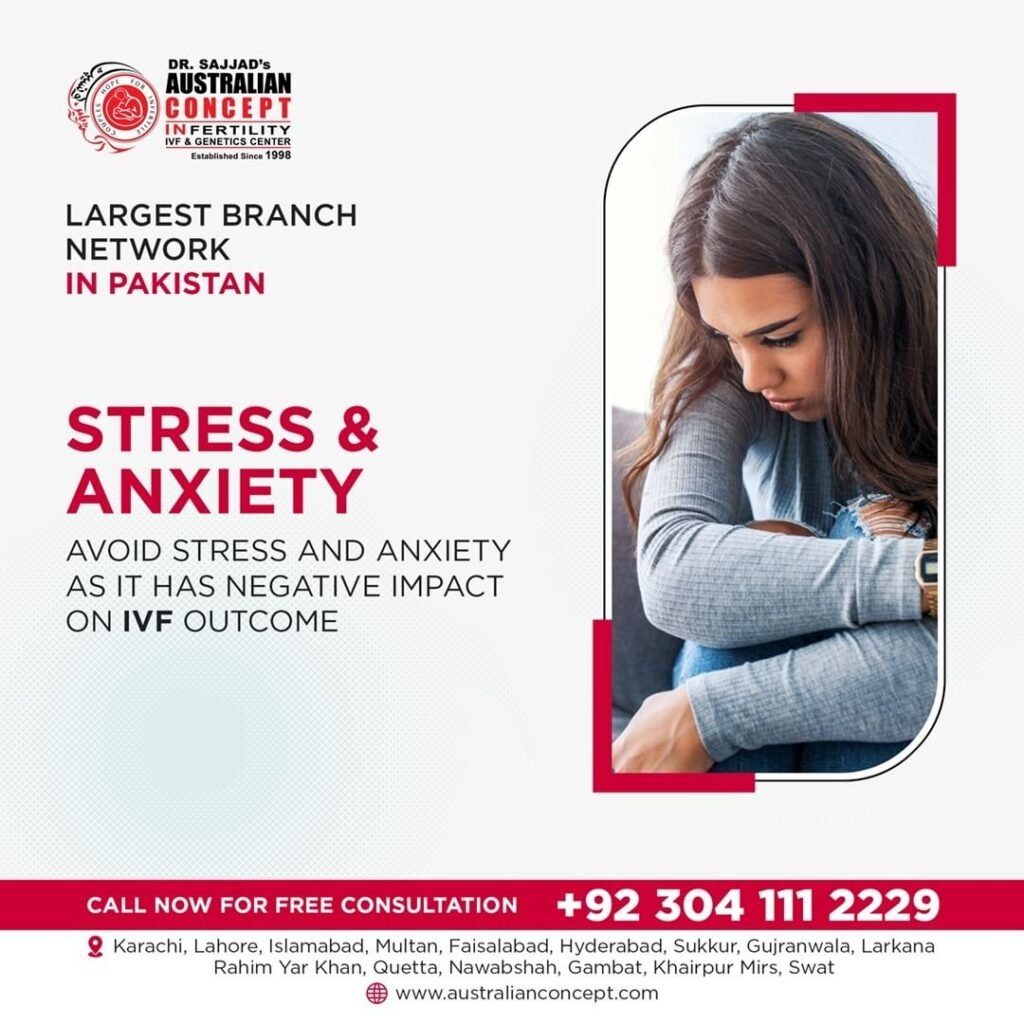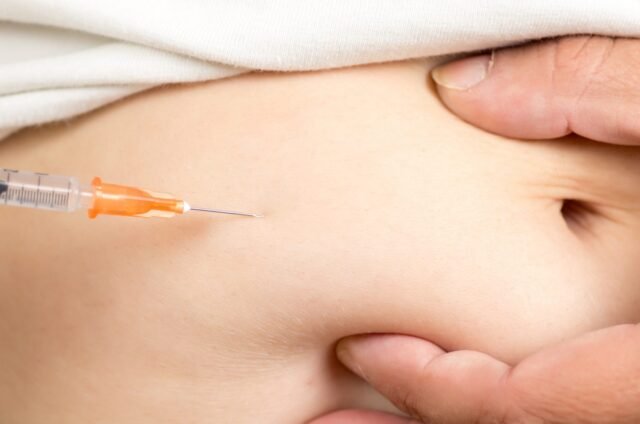Is Persistent Abdominal Pain a Cause for Concern?
Experiencing abdominal pain is common, but persistent discomfort raises questions about underlying health issues. Understanding when abdominal pain is a cause for concern can help individuals identify warning signs early and seek appropriate care. This guide will break down the types of abdominal pain, highlight potential causes, and explain why hydration plays a critical role in managing abdominal health.
Understanding Persistent Abdominal Pain
Abdominal pain can range from mild to severe, and its duration may vary. Persistent abdominal pain is any discomfort in the abdominal region that lasts for days, weeks, or even longer. This type of pain often indicates something beyond simple indigestion or stomach upset and could signal an underlying health condition that requires attention.
Types of pain include:
- Cramping: Often linked to digestive issues, cramps come and go and may be accompanied by bloating.
- Sharp or Stabbing Pain: Sudden, intense pain can indicate more serious issues like kidney stones or appendicitis.
- Dull, Aching Pain: This type of pain may be constant and is often associated with organs such as the liver, kidneys, or intestines.
Common Causes of Persistent Abdominal Pain
Persistent abdominal pain has various causes, and understanding these can help determine when it’s time to seek medical help. Below are some of the most common causes:
1. Digestive Disorders
Digestive issues, including irritable bowel syndrome (IBS), constipation, and acid reflux, are frequent causes of abdominal pain. IBS, a chronic condition that affects the large intestine, causes cramping, bloating, and irregular bowel movements. Constipation, on the other hand, results from infrequent or difficult bowel movements, often leading to dull, persistent pain in the lower abdomen.
Hydration is essential for digestive health. Drinking plenty of water helps keep stools soft, preventing constipation and reducing abdominal discomfort. For those dealing with digestive disorders, staying hydrated can support regular digestion and alleviate some symptoms.
2. Gastroesophageal Reflux Disease (GERD)
GERD, or acid reflux, is a condition where stomach acid frequently flows back into the esophagus, causing heartburn and chest discomfort. Persistent GERD symptoms may extend into the abdomen, causing pain and bloating. Eating heavy or spicy meals and lying down immediately after eating often aggravate GERD.
If you suspect GERD is causing your abdominal pain, consider adjusting your diet, avoiding trigger foods, and remaining upright for at least an hour after meals. Proper hydration, particularly drinking water throughout the day, can help neutralize acid levels in the stomach.
3. Urinary Tract Infections (UTIs) and Kidney Stones
Urinary tract infections (UTIs) are common and may cause pain in the lower abdomen, particularly near the bladder. Symptoms include burning sensations during urination, frequent urges to urinate, and lower abdominal pain. UTIs, if left untreated, can spread to the kidneys, causing more severe pain and complications.
Kidney stones, on the other hand, are small, hard mineral deposits that form in the kidneys. When they pass through the urinary tract, they cause severe pain in the lower back and abdomen. Proper hydration can reduce the risk of both UTIs and kidney stones. Drinking water helps flush out bacteria and toxins, keeping the urinary tract healthy.
4. Testicle Pain and Left Abdominal Pain
Pain in the testicle pain and left abdominal pain area can be a serious concern and may indicate conditions like testicular torsion or epididymitis. Testicular torsion, a medical emergency, occurs when the testicle twists and restricts blood flow, causing sudden and severe pain. Epididymitis, an infection of the epididymis, also causes discomfort in the testicles and lower abdomen.
Left abdominal pain may also result from issues like kidney stones or hernias. For more information on testicle pain and left abdominal pain, read this informative guide on causes and relief options. If you experience sudden, intense pain in these areas, seek immediate medical help.
5. Appendicitis
Appendicitis, or inflammation of the appendix, is one of the most common reasons for emergency abdominal surgery. The pain typically begins near the belly button and gradually moves to the lower right side of the abdomen. Symptoms often worsen with movement, coughing, or deep breathing.
A ruptured appendix can lead to life-threatening infection, so early medical intervention is essential. If you experience severe, persistent pain in the lower right abdomen, particularly with fever or nausea, seek immediate medical care.
6. Gallstones
Gallstones are hardened deposits that form in the gallbladder and can cause significant abdominal pain when they block the bile ducts. The pain usually occurs in the upper right side of the abdomen and can radiate to the back or shoulder. Symptoms of gallstones include nausea, vomiting, and pain after eating fatty foods.
Gallstones may require medical intervention, including surgery, to relieve pain and prevent complications. Staying hydrated and eating a balanced diet low in unhealthy fats can help reduce the risk of gallstones.
7. Liver Issues
The liver, located in the upper right abdomen, plays a crucial role in filtering toxins from the body. Conditions like hepatitis or fatty liver disease cause persistent abdominal pain, often accompanied by other symptoms such as jaundice (yellowing of the skin), fatigue, and dark urine.
A healthy lifestyle, including hydration, balanced nutrition, and limited alcohol intake, supports liver health. If you experience persistent pain in the upper right abdomen, consult a healthcare provider for evaluation.
Why Hydration Is Essential for Abdominal Health
Hydration is a simple yet powerful tool for maintaining abdominal health and preventing many of the causes of abdominal pain. Drinking water keeps the digestive system running smoothly, reduces constipation, and helps flush out toxins that may contribute to infections.
Hydration also reduces the risk of kidney stones and urinary tract infections. When your body is well-hydrated, it can maintain proper digestion, reduce bloating, and support liver and kidney function. To prevent abdominal discomfort, aim to drink an adequate amount of water daily, especially if you’re dealing with digestive or urinary symptoms.
Recognizing When Abdominal Pain Is a Cause for Concern
Certain signs and symptoms may indicate that persistent abdominal pain is a cause for concern. Here are a few key indicators:
- Severe, Sudden Pain: If you experience intense, sudden pain that does not improve, it could signal appendicitis, kidney stones, or gallstones, which require immediate attention.
- Pain with Fever: A fever alongside abdominal pain may indicate infection or inflammation, such as in cases of appendicitis, UTI, or diverticulitis.
- Blood in Stool or Urine: Blood in your stool or urine can indicate digestive or urinary tract issues, such as hemorrhoids, ulcers, or infections, and should not be ignored.
- Persistent Nausea or Vomiting: If nausea or vomiting accompanies abdominal pain and does not subside, it may be related to gastrointestinal or liver issues.
- Pain Affecting Daily Activities: If abdominal pain consistently disrupts your daily life, it’s essential to seek medical advice.
Self-Care Tips for Managing Abdominal Pain
In cases where persistent abdominal pain is mild or manageable, a few self-care strategies may provide relief:
- Stay Hydrated: As mentioned, hydration helps prevent constipation, supports kidney health, and promotes digestion. Aim to drink water regularly, especially if you experience digestive discomfort.
- Adjust Your Diet: Limit foods that may irritate the stomach, such as spicy or greasy items, and try to include fiber-rich fruits, vegetables, and whole grains to support digestion.
- Exercise Regularly: Physical activity promotes regular bowel movements, supports digestive health, and reduces stress, which can alleviate abdominal discomfort.
- Practice Relaxation Techniques: Stress often exacerbates abdominal pain, particularly in individuals with IBS. Techniques like deep breathing, meditation, or yoga can help manage stress and reduce pain.
- Avoid Alcohol and Tobacco: Both alcohol and smoking can irritate the stomach lining, contribute to acid reflux, and worsen abdominal pain. Reducing or avoiding these substances supports overall abdominal health.
When to Seek Medical Help for Abdominal Pain
If you’re unsure whether abdominal pain is a cause for concern, remember that it’s better to be cautious and consult a healthcare provider. A professional evaluation helps rule out serious issues and provides peace of mind. Regular check-ups and open communication with your healthcare provider also help catch potential problems early.
Persistent abdominal pain is not something to ignore. With the proper self-care, awareness, and support, many abdominal health issues can be managed effectively.
Conclusion
Persistent abdominal pain can be more than just an annoyance; it may indicate underlying health issues that need attention. From digestive disorders to kidney stones and appendicitis, abdominal pain can stem from various causes. Recognizing when abdominal pain is a cause for concern allows for timely intervention and reduces the risk of complications.
Hydration plays a fundamental role in abdominal health, aiding digestion, preventing kidney stones, and supporting urinary health. By staying hydrated, adopting a balanced diet, and practicing healthy habits, individuals can support their abdominal health and reduce the likelihood of chronic pain. If you experience persistent or severe abdominal pain, consult a healthcare provider to ensure prompt and effective care.























